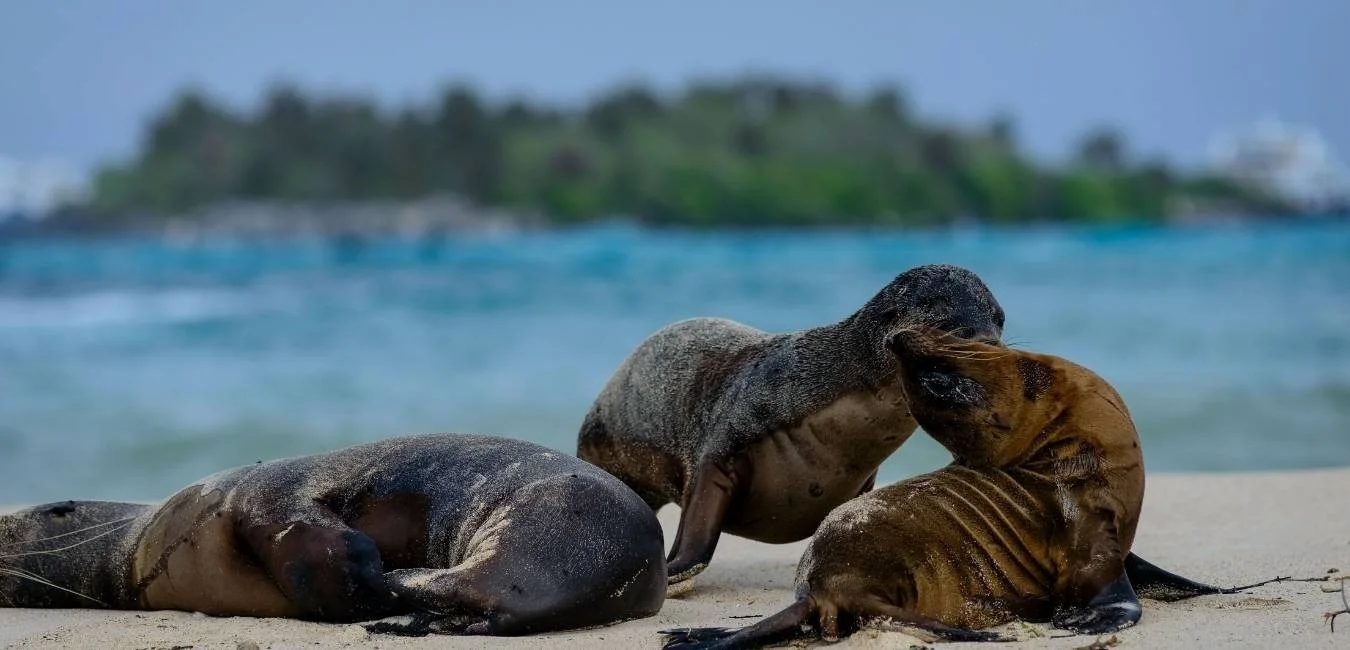San Cristobal Island - Galapagos
The easternmost Island in the Galapagos archipelago
San Cristobal Island is also known as Chatham, is the easternmost island in the Galapagos. It is the site of the only permanent stream in the archipelago and is also where Darwin first went ashore in 1835. San Cristobal is also the site of the oldest surviving settlement in the archipelago, El Progresso, established in 1869. It has since been overshadowed by a second town, Puerto Baquerizo Moreno, located on the southeast coast.
This is one of two points of departure for tour boats operating in the Galapagos islands and nearly half the islands’ 50,000 annual tourists pass through its airport, which has operated since the mid-1980s. San Cristobal island is made up of two coalesced volcanoes. The southwestern half is a symmetric shield volcano made up of gently-dipping lavas and capped by a thick, deeply-weathered pyroclastic blanket and numerous satellite cinder cones. The southwestern shield became emergent around 2.4 million years ago; activity continued up to about 650,000 years ago. The northeastern half of the island is a more recently active volcano, dominated by eruptions from NE-trending fissures. The most recent flows are no more than a few centuries old.
Like its neighbors, Santa Cruz and Santa Fe, it lavas show very considerable chemical variation, with some being similar to basalts erupted at mid-ocean ridges (this kind of basalt is often called MORB for Mid-Ocean Ridge Basalt). In stark contrast to Hawaiian volcanoes, there is no clear petrologic evolutionary trend displayed by San Cristobal lavas.
Of interest to tourists is Kicker Rock, a spectacular rock formation off the northwest coast. Kicker Rock is a remnant of a pyroclastic, or palagonite, cone, i.e., the site of a volcanic eruption that became explosive when lava and seawater mixed. Tens of thousands of years of wind and waves have carved this once conical island into the structure we see today.

